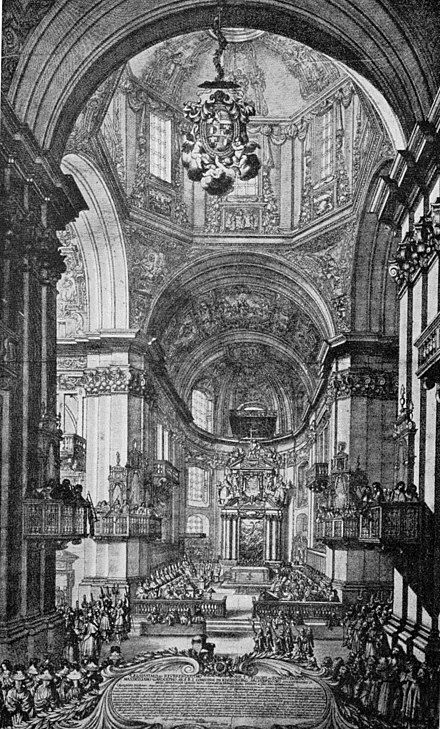The antiphony technique is in this video deceptively associated to Beethoven. https://youtu.be/rntCfIA3-wI?si=3jyXWFSjq5qAQ19A
As a tool for musical expression it started with the venezian choral polyphony, if we want to call it an „invention„. Later it became instrumental. Haendel, a great influence of Beethoven might be the true modern influence of this technique. But if you hear Schutz and Gabrielli you get more convincing examples for the original function of this technique. This technique is however accessory, not essential, unless we speak about precise examples of early music. The most notable ones are the „Missa Salisburguensis“ by Biber and Spem in Alium (Tallis) . If i am not mistaken, Et Beat Lucem by Alessandro Strigio features this technique as well. But also in the works of Heinrich Schutz the technique is used, featuring dialogues between men and women voices. Researching the music of Rameau and Lully I am almost sure to find this technique.
The technique is very archaic and precisely liturgical; the true origins of this go back to ancient liturgical praxis, where the hallelujah alternates between priest and congregation. But i believe that the alternating principle is still more universal than we imagine in ritualistic practice. I remember hearing antiphonal singing when I did capoeira as a young boy in Brazil, for example.
Still, the tradition of organ playing did definitely affected the orchestrational approach helping composers develop a taste for the very upfront change of colors in the case of echoes or question and answer.
I can’t see how it is a game-changer for orchestration in the example of Beethoven, that is actually an echo or short question and answer, but certainly this technique shows a lot of potential when its religious roots are taken symbolically into account. It is also very effective as a simple technique.
Basically this technique is associated to „collective bound“, it shows the collective qualities of the orchestration. It is, however, primarily associated to confirmation , namely the confirmation of faith. It works, therefore, well with themes and melodies that are worthy of being confirmed.
But also for the same reason, it is a great technique to create conflict, when the answer is composed in a very unexpected manner…
Below a picture of the Missa Salisburguensis at the Cathedral of Salzburg

